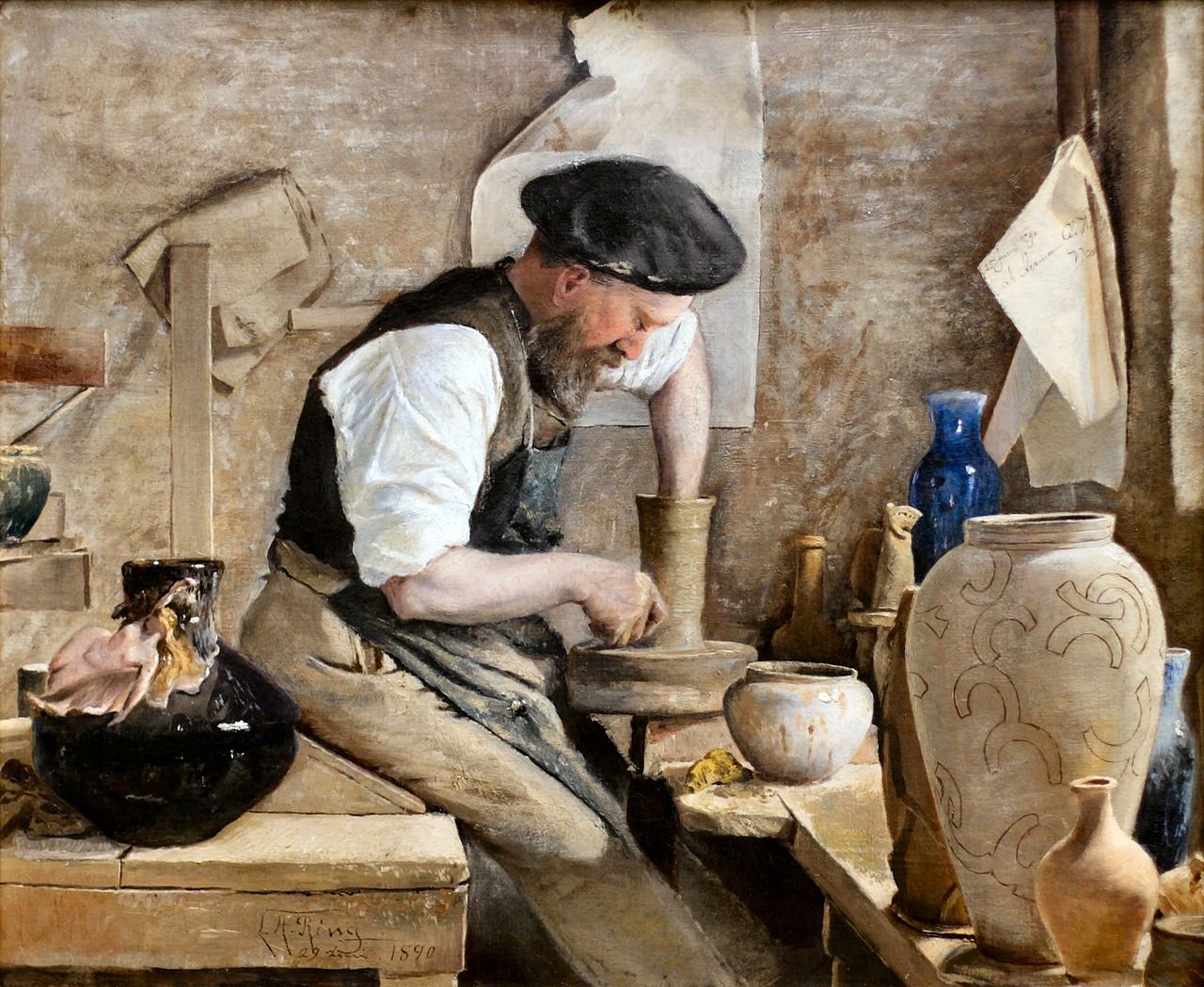Medieval Rich People Unknowingly Poisoned Themselves With Lead And Other Hazardous Heavy Metals
AncientPages.com - A new study suggests that medieval people were exposed to hazardous heavy metals like lead, which was frequently used to glaze pottery. The poor, who could not afford such items, avoided the high levels of exposure.
Being rich in the Middle Ages, had its advantages, but being able to afford expensive and beautiful crockery was not one of them.
"One of the worst side effects of lead is that it leads to lower intelligence in children. After a few generations [of lead consumption] it could become really bad," says co-author Associate Professor Kaare Lund Rasmussen, from the Department of Physics and Chemistry at the University of Southern Denmark.
Ancient pottery. Næstved,Sydsjælland
Archaeologist Mikael Manøe Bjerregaard from Odense City Museums in Denmark is full of praise for the new research.
"Although we’ll never have the names of these medieval people, we can still say a lot about their standard of living. It’s fascinating that we can get that close," says Bjerregaard, who was not involved in the study.
The researchers examined the lead content of 283 skeletons from six cemeteries in Denmark and Germany, dating back to the Middle Ages between 1000 and 1536 CE, and represent both urban and rural communities.
These expensive ceramics were a status symbol for the wealthy urbanites in the Middle Ages, but they also exposed them to dangerous lead poisoning. (Photo (left): Kaare Lund Rasmussen. Photo (right): Birgitte Svennevig)
The researchers compared the lead content in skeletons from the city with those from the country, and saw that city dwellers had significantly higher levels of lead that those living in the country.
The cause, says Bjerregaard , was expensive ceramics decorated with a lead oxide glazing.
"These ceramics were used much less in the countryside, so it’s an urban phenomenon as wealthier people would’ve had greater access to these ceramics. It’s the top of society that would’ve had them, and they would’ve been relatively rare in the countryside," he says.
Danish pottery. Credits: Nationalmuseet, Denmark
Ceramics were glazed with lead oxide to prevent the baked clay from absorbing foods and liquids, which otherwise made them a nightmare to clean.
The lead oxide glaze would coat the inside of the bowl, protecting the clay beneath. And it had an added advantage of being transparent, so a variety of colours could be added for decorative affect.
"However, it has side effects: if you use it for acidic or salty foods then the lead in the surface can be dissolved and leak into the food,” says Rasmussen.
Bjerregaard is not surprised that wealthy people in urban areas were exposed to lead. He believes the findings provide an important perspective that archaeology has not dealt with much before--the health hazards associated with the glazed ceramics.
The map shows the locations of the cemeteries in Denmark and Germany that were used in the study. (Figure: Journal of Archaeological Science: Reports)
"It's partly something that could have been deduced, because there are many crafts that worked with lead. For example lead glazed windows and roofs, which were urban phenomena. But it's exciting that we now have concrete chemical evidence of it," said Bjerregaard.
A combination of chemical analysis and archaeological techniques allowed Rasmussen and colleagues to get this close to medieval culture. By the same method, they also found out that townspeople were exposed to more mercury than their contemporaries in the countryside.
"Traditionally in archaeology we’ve been limited to what we could physically observe, such as broken legs which had healed, blows to the head, and a few diseases that sat on the bones. We couldn’t get any closer than that, but now we can," says Bjerregaard.
The new study is published in the Journal of Archaeological Science: Reports.
AncientPages.com
Expand for referencesMore From Ancient Pages
-
 Lares: Roman Household Gods That Protected Home And Family
Ancient Traditions And Customs | Dec 14, 2020
Lares: Roman Household Gods That Protected Home And Family
Ancient Traditions And Customs | Dec 14, 2020 -
 Evidence Of Europe’s Earliest Human Presence, Dating Back 1. 3 Million Years Found At Venta Micena, Iberian Peninsula
Evolution | Jul 13, 2024
Evidence Of Europe’s Earliest Human Presence, Dating Back 1. 3 Million Years Found At Venta Micena, Iberian Peninsula
Evolution | Jul 13, 2024 -
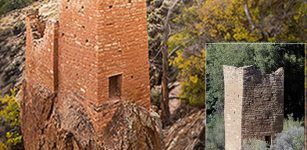 Ancient Ruins Of Hovenweep: Impressive Puebloan Masonry
Civilizations | Mar 15, 2016
Ancient Ruins Of Hovenweep: Impressive Puebloan Masonry
Civilizations | Mar 15, 2016 -
 Unique Canterbury Roll – Ancient Manuscript Reveals Its Secrets About History Of England
Archaeology | Jan 5, 2018
Unique Canterbury Roll – Ancient Manuscript Reveals Its Secrets About History Of England
Archaeology | Jan 5, 2018 -
 Don’t Underestimate The Rishis – Ancient Sages Were ‘Probably Great Scientists’
News | Sep 26, 2015
Don’t Underestimate The Rishis – Ancient Sages Were ‘Probably Great Scientists’
News | Sep 26, 2015 -
 Hidden History Of Skull And Crossbones: The Untold Story Of The Templar And Their Connection To The Shining Ones
Featured Stories | Aug 6, 2018
Hidden History Of Skull And Crossbones: The Untold Story Of The Templar And Their Connection To The Shining Ones
Featured Stories | Aug 6, 2018 -
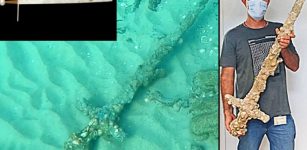 Medieval Sword Found In The Sea Off The Carmel Coast Was Probably Used In Combat 800 Years Ago
News | Aug 4, 2023
Medieval Sword Found In The Sea Off The Carmel Coast Was Probably Used In Combat 800 Years Ago
News | Aug 4, 2023 -
 10,000 Years Ago Cattle Was Domesticated In The Central Nile Region – New Study
Archaeology | May 23, 2022
10,000 Years Ago Cattle Was Domesticated In The Central Nile Region – New Study
Archaeology | May 23, 2022 -
 Ancient City Of Metropolis: Ruins With Traces Of The Hittites, Hellenistic, Roman, Byzantine And Ottoman Empires
Archaeology | Jan 8, 2018
Ancient City Of Metropolis: Ruins With Traces Of The Hittites, Hellenistic, Roman, Byzantine And Ottoman Empires
Archaeology | Jan 8, 2018 -
 First Sumerian Revolt – People Oppose The Harsh Akkadian Empire
Featured Stories | Apr 14, 2023
First Sumerian Revolt – People Oppose The Harsh Akkadian Empire
Featured Stories | Apr 14, 2023 -
 Mysterious Ancient Tully Monster Is So Weird It Cannot Be Classified
Fossils | Feb 22, 2017
Mysterious Ancient Tully Monster Is So Weird It Cannot Be Classified
Fossils | Feb 22, 2017 -
 Are The Strange Lawrence Brook Carvings In New Jersey A Cryptic Message?
Featured Stories | Feb 10, 2023
Are The Strange Lawrence Brook Carvings In New Jersey A Cryptic Message?
Featured Stories | Feb 10, 2023 -
 Carthage: Prosperous Phoenician Colony That Became Dominant Power In The Western Mediterranean
Featured Stories | May 21, 2020
Carthage: Prosperous Phoenician Colony That Became Dominant Power In The Western Mediterranean
Featured Stories | May 21, 2020 -
 Obsidian Flake From 45,000-Year-Old Tool Unearthed In Armenia
Archaeology | Jul 18, 2022
Obsidian Flake From 45,000-Year-Old Tool Unearthed In Armenia
Archaeology | Jul 18, 2022 -
 Will Star Goddess Astraea Return To Earth With Second Golden Age Or Apocalypse?
Featured Stories | Aug 1, 2020
Will Star Goddess Astraea Return To Earth With Second Golden Age Or Apocalypse?
Featured Stories | Aug 1, 2020 -
 On This Day In History: Joan Of Arc Enters Orleans, The City Besieged By The English – On Apr 29, 1429
News | Apr 29, 2016
On This Day In History: Joan Of Arc Enters Orleans, The City Besieged By The English – On Apr 29, 1429
News | Apr 29, 2016 -
 The 5,500-Year-Old Underground Rock Settlement With Illuminated Galleries In Ancient City Of Hadrianopolis, Turkey
Archaeology | Sep 18, 2023
The 5,500-Year-Old Underground Rock Settlement With Illuminated Galleries In Ancient City Of Hadrianopolis, Turkey
Archaeology | Sep 18, 2023 -
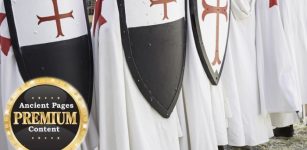 Mystery Of The Knights Templar – Did A Secret Ancient Meeting Determine The Real Purpose Of The Christian Knights? Part 1
Ancient Mysteries | Aug 20, 2019
Mystery Of The Knights Templar – Did A Secret Ancient Meeting Determine The Real Purpose Of The Christian Knights? Part 1
Ancient Mysteries | Aug 20, 2019 -
 The Nunnehi – Immortal Spirit People And Mysterious Protectors Of The Cherokee Nation
Featured Stories | Mar 21, 2018
The Nunnehi – Immortal Spirit People And Mysterious Protectors Of The Cherokee Nation
Featured Stories | Mar 21, 2018 -
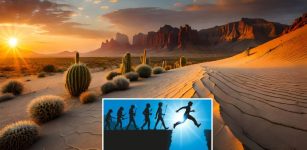 Evolution Might Stop Humans From Solving Climate Change – Researchers Say
Evolution | Jan 3, 2024
Evolution Might Stop Humans From Solving Climate Change – Researchers Say
Evolution | Jan 3, 2024

